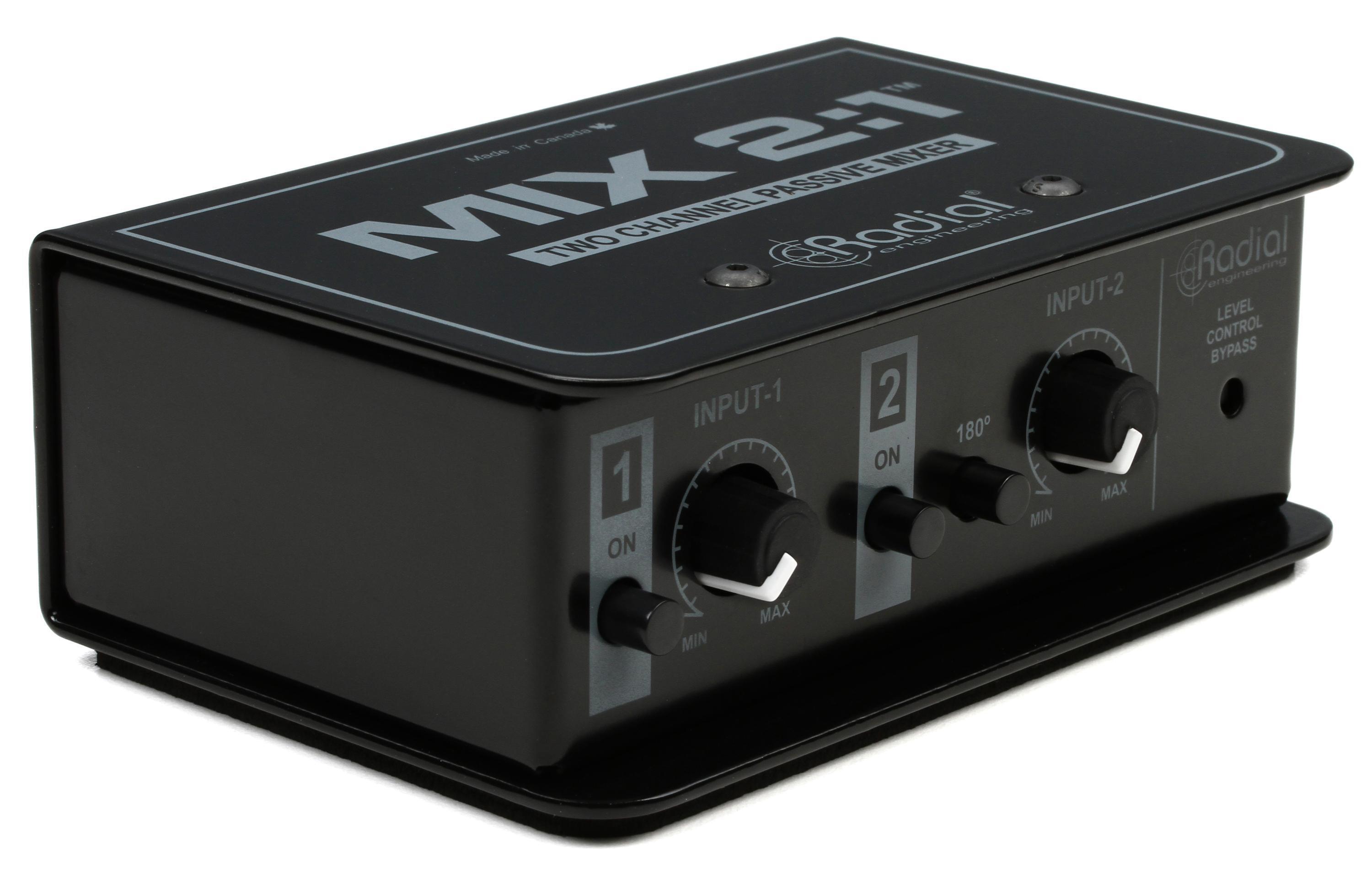If that's the case, that's totally understandable...

In the case of umik microphones, the timing is sometimes off due to the USB microphone's own clock, and even minidsp doesn't guarantee a really accurate delay, but 3ms and 5ms is a big difference.
View attachment 343434
This is a capture of an old post by another user in the Korean community for a different purpose (don't bother with the right side, it's the instability of the voice meter software, the left side is minidsp)
I know you've already made up your mind to go analog, so I don't want to add anything else, but I was wondering if the problems you were having with flex were really correct.
